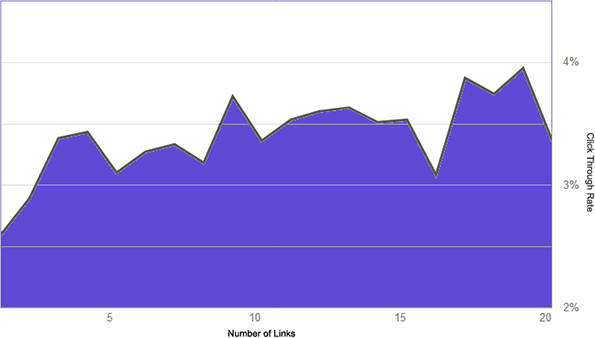Email has become a virtually ubiquitous part of daily life for most of the population for communicating with every from personal contacts to business connections. Because email has become so popular, many organizations now have an email marketing strategy in place. Email marketing can be a cost effective tool to reach perspective clients and a touch point to keep existing clients engaged.
Although email marketing is cost effective, it is not free, and the organizations should be measuring if their investment is delivering value. However, a surprising number of organizations, especially small and medium businesses, fail to define, capture, set targets and monitor metrics to measure the effectiveness of their email market strategy. Organizations that do not take time to perform these actions may be throwing away money.
What are the key email marketing metrics organizations should be considering? What things should organizations consider when monitoring these metrics? What can organizations do to improve these metrics?
Key Email Strategy Metrics
Delivery Rate
Delivery rate is a measure of the number of emails actually received by recipients. Delivery rate is important because if an existing or potential client never receives the email, the intended audience is never exposed to the message.
When interpreting deliver rates, organizations should understand exactly what the delivery rate captures. In some cases, delivery rate may only be a measure of the number of emails sent minus the number of emails that could not be delivered or (i.e. bounced). A delivery rate measured in this manner can be misleading and actually over estimate delivery because it does not take into account emails that were filtered to by anti-spam tools or that went into user junk mail folders. A more accurate measure of delivery rate can be gained by employing a delivering monitoring service. Using these services can also improve delivery rates by monitoring email practices and sender reputation to determine if there is a problem with an organization’s email marketing strategy.
Click Through Rate
Click Through Rates (CTR) measures how often an email recipient clicks on a link embedded in an email message. CTR is calculated using the formula:
(Number of unique Emails clicked / (Number of Emails Delivered)) * 100%
It is important for organizations to make sure their CTR actual measure unique clicks instead of total clicks since a single user may click a single link multiple times.
Email marketing campaigns that include strong calls to action can improve the CTR. Additionally, according to statistics from email service provider Mail Chimp, increasing the number of links generally improves the CTR as well as illustrated in the chart below.

Unsubscribe Rate
Unsubscribe rate measures the number of email contacts that no longer wish to receive emails from an organization. Organizations can calculate unsubscribe rate by:
(Number of Email Addresses who unsubscribed / (Number of Emails Delivered)) * 100%
A high unsubscribe rate could mean that e-mail marketing content is not engaging. Organizations seeking lower unsubscribe rate might consider reviewing the copy writing and presentation of calls to action in the email content. Additionally, collecting why contacts unsubscribe when they opt-out can provide valuable information on improving the email marketing program.
Organizations should also consider capturing when the average email contact unsubscribes. Is it after a specified time or a specified number of emails?
Open Rate
Open rate is a measure of when an email contact views an email. It is usually calculated using as the number of email opened divided by the number of emails delivered, however, some email service providers may calculate the rate differently. It is important to understand how the metric is calculated so it can be interpreted correctly.
Organizations should keep in mind that some email applications provide a preview function, which may artificially inflate the open rate. However, the metric does provide some limited insight into how interested email recipients are in a message. Organizations that wish to improve open rates should review their subject lines and the time of day emails are sent.
Viral or Forward Rate
Viral or forward rate measures how frequently an email message is forwarded. This metric is important because it allows marketing messages to expand beyond the subscriber list and potentially get new customers. A high viral rate is an indication that content is engaging and viewed as valuable by recipients. Organizations that wish to improve forward rates should consider personalizing their messages for specific groups or demographics.
Organizations can collect a number of other metrics to determine the performance of their email marketing strategy, but the items listed here are an excellent first step in understanding how their campaigns are performing.


Thanks for sharing these tips about email marketing, they helped me get started.
An important tip that you need to remember in text or email marketing is to type the right addresses of recipients. There is nothing more embarrassing to write a well drafted message and then send it to some wrong address or get a ‘message sending failure’ notice. Always cross check the recipients’ addresses while sending texts or emails.
Great added tip, thanks!